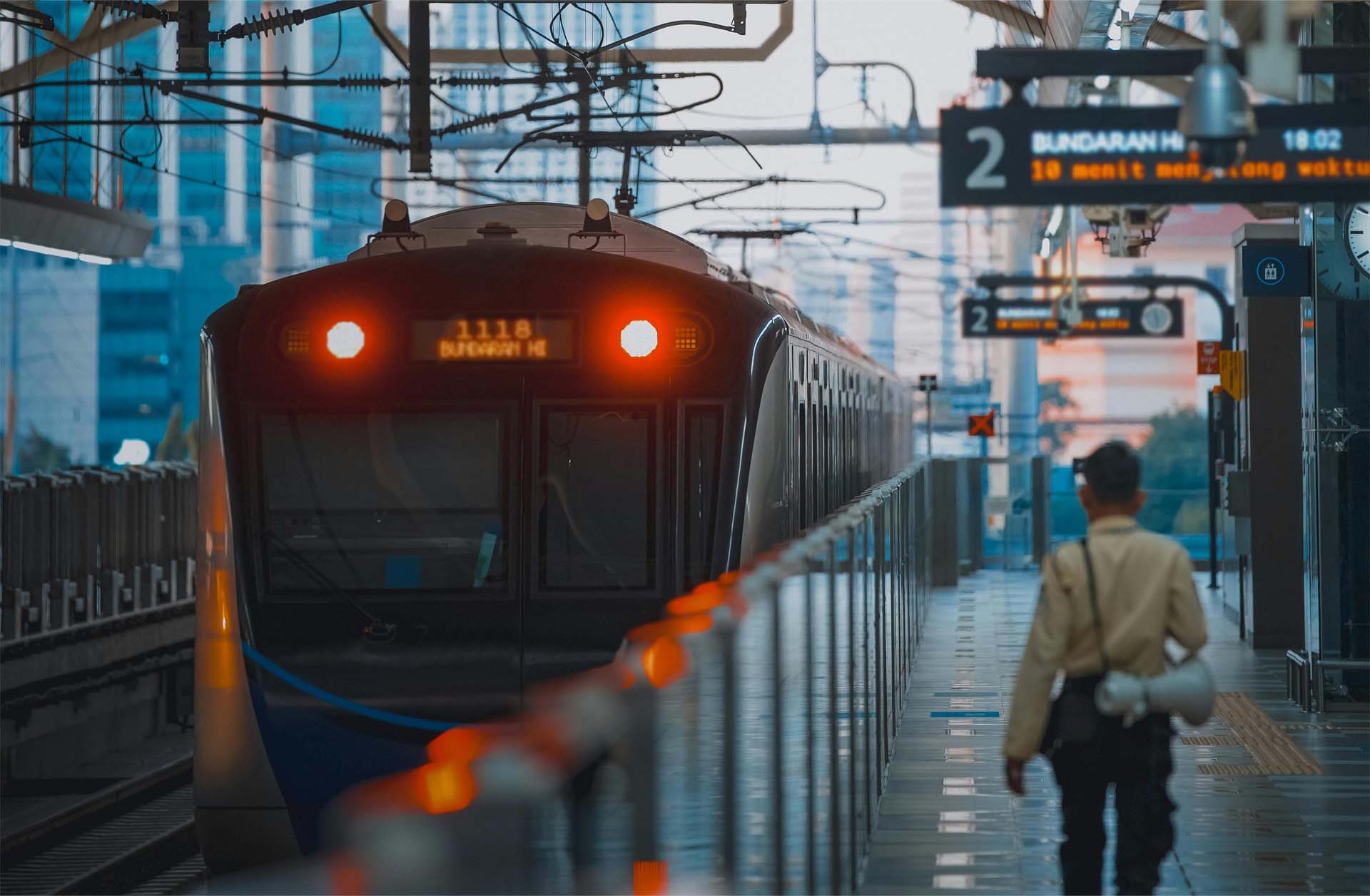
SOLUTION OVERVIEW
There are two categories of Vispect products: the Standard Products and the Solutions.
Standard Products are cost-effective devices massively manufactured and applied. A Standard Product system is neat and clean, usually consisting of one host and two/four cameras, to provide function as Front Collision Warning or Blind Spot Detection for vehicles and machines. Standard Products are made in our own factory.
Solutions refer to complex systems,consisting of several hosts, remote data center (if needed), and more sensors as camera, LiDAR, Gyro, and etc. Solutions are usually customized in small quantity but at higher costs. The parts of a Solution come from Vispect and other brands, while Vispect integrates the parts into a system.

SUBWAY SOLUTIONS





Vispect provides 40 sets of AI systems to TRT line-4. One system for one locomotive.
The functions include:
to monitor the train driver's fatigue status, distraction, and yawning.
to check the driver's semaphore before the train starts to move.
Abnormal conditions trigger alerts, visible and audible to remind the drivers, while reports with video footage are sent to the management center through subway intranet. This system has been certificated according to railway electronic OEM standards.


Vispect provides Route-Condition-Inspection System, to improve tunnel/route/wall/wire maintenance, for subways.
The system is installed on maintenance cart, to detect:
Abrasion of over-head power lines, at ±1.0mm
obstacles infringing train track
dropped screw/small stone on runway
ring power net overheat
The system consist of:
Host
thread Laser
multi-plane LiDAR
high-speed matrix camera + laser lights
infrared camera + wireless temperature sensor
RFID
This system has been deployed on TRT line-6 on the line-sweep locomotive, for the purpose of route/track maintenance.

Automatic Obstacle Detection System
the brain of Driverless-Train or Train-Driving-Assistance-System, is to detect the obstacles that may threaten the train's approaching, including another train on the same track and track-side items infringing the train's borderlines.
Interface with ATP (Automatic Train Protection system) to brake (option)
Electronic map from ATP to adjust to slopes and crosses (option)
Multi-plane LiDARs
Stand-alone system. Can work without trackside facility like radars
To ensure its security and reliability, this system is being designed, tested, and certificated at SIL2 standards (under certificating)

Detection Distance (under standard environment):
other trains up to 200 meters
rail track up to 150 meters
box (30 x 30 cm) at 60 meters
people up to 80 meters
Robot
Vispect is an expert at industrial and agricultural robots for field applications.
In response to the various needs, we integrate different types of sensors, including visible light cameras, structured lights, infrared cameras, 3D cameras, LiDARs, etc., to form multi-level and multi-sensor fusion detection systems. The systems detect and identify various targets, accurately measure the distances of the targets, convert the coordinate system, and manipulate the mechanical arms and devices to act.
Project 1 Photovoltaic Panel Installation Robot (under development)
Large-scale photovoltaic power plants are mostly located in sunny Gobi or deserts. In the process of building the plants, solar panel installation is a challenge - the fitting between the mounting bracket and the solar panels is required to be highly accurate, but under the strong sunlight, the installers can easily get fatigued, thus causing damages to the panels and even injuries to the installers themselves.
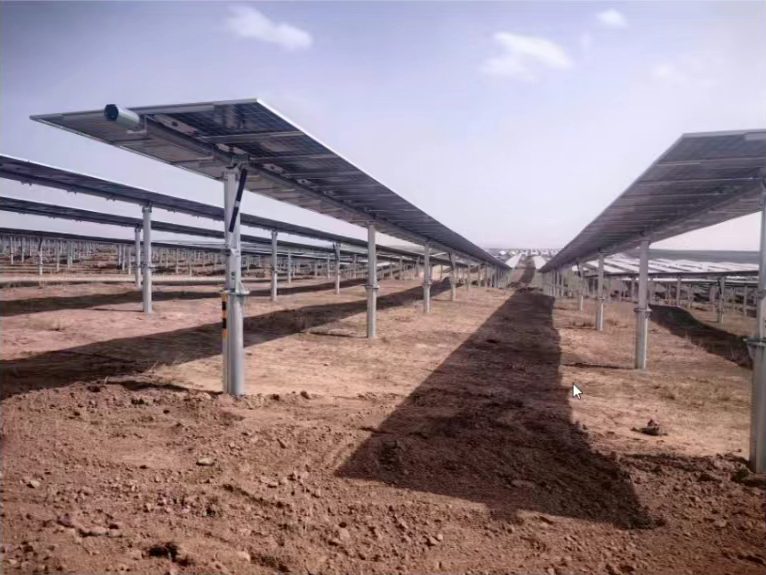
In order to solve this problem, Vispect has been cooperating with the Zhejiang University Robotics Institute to jointly develop a new robot. This robot can accurately detect the position of each component of the mounting bracket, automatically grab the solar panel, and fit the solar panel on the bracket with a detection accuracy of ±1 or 3 mm. Behind this installer robot is an escort robot that carries solar panels and autonomously follows the installed robot.
In the first stage of this project, semi-automatic working mode is adopted: an installer drives the robot to the working place, and the robot automatically fits the panels onto the mounting brackets one by one around the working place. The project includes other functions such as GPS-RTK Positioning System, 4G Communication System, Management Platform, Task Release Interface, Path Planning, Manual Takeover Interface, etc. In the second stage of this project, 7X24 driverless installation can be applied.
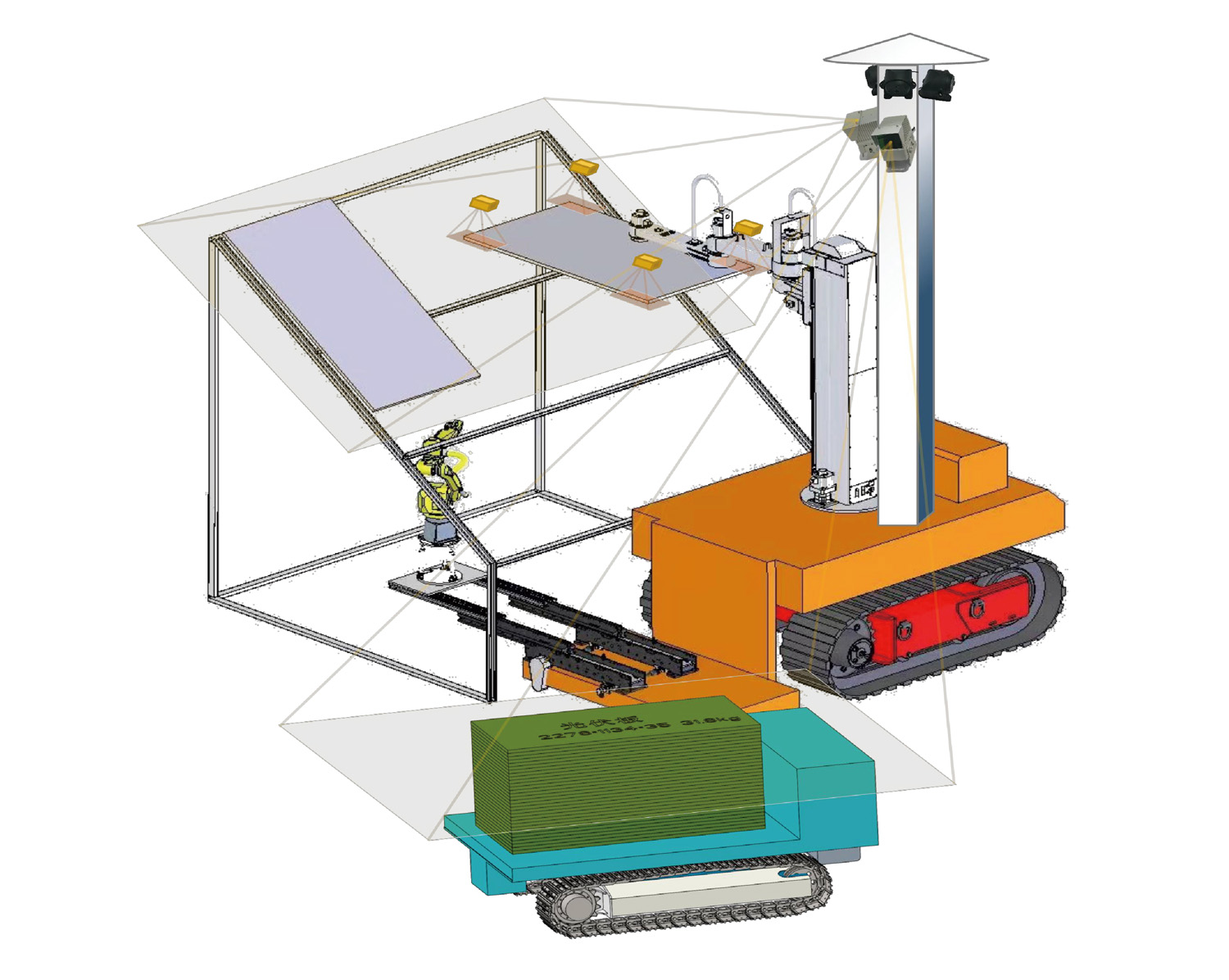
Above: Schematic diagram of the Photovoltaic Panel Installation Robot.
Project 2 Palm Fruit Picking Robot (under development)
Palm fruit is used to extract palm oil. Palm fruit picking is currently carried out by hand. Because palm orchards are often located in remote areas, it is difficult to recruit enough people. Picking robots can greatly solve the problem of manpower shortage. First, the worker drives the robot to the palm trees, and the robot automatically identifies, locates, and cuts the palm leaves to expose the palm fruits. The robot then identifies and locates the fruit stalk, and cuts the palm fruit from the stalk to complete the work.
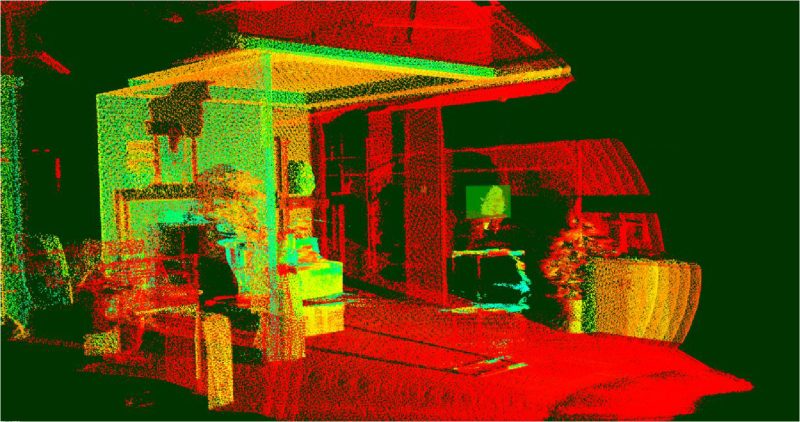
Above: A palm fruit reflected and labeled by a LiDAR during an in-house test.
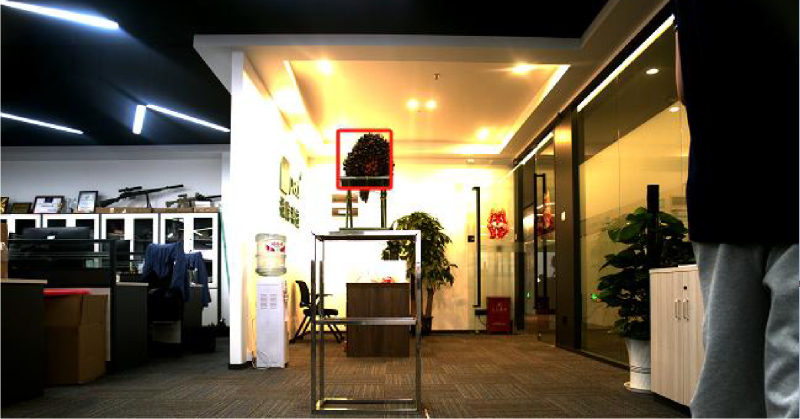
Above: A palm fruit identified by a camera during an in-house test.


INFRASTRUCTURE
Various needs of Infrastructural Management can be met by customized solutions based on Vispect technology.

HEIGHT DETECTION
Height Detection is a need of ambulances and fire trucks, as these vehicles sometime must enter small lanes. There are items, such as power lines crossing above street, that may be lower than the vehicles. So the vehicles need a system to detect if they are going to hit the power lines.
FOOTBRIDGES AND OVERPASSES
On the other hand, footbridges and overpasses are occasionally hit by high vehicles, so these infrastructures need to detect if the oncoming vehicles are higher than them.
We are using LiDAR installed on the bottom of the footbridge (or on the top of ambulance), to detect if the oncoming car (or the bottom of footbridge) is too high (or too low).


OTHER CUSTOMIZED SYSTEM
Vispect is proving other customized systems to our clients. An interesting example is here.
A prism camera, with two channels of image outputs, features a 5M pixel CMOS sensor and two light entrances, each with a shutter that acts as a reflective mirror. The shutters, made of crystal liquid, can be turned transparent or opaque by very small electric currents. As the shutters shifting between transparent and opaque states, the CMOS sensor detects the presence or absence of light. When one shutter is transparent, the other is set to opaque, ensuring that at any given moment, only one entrance allows light to reach the CMOS sensor. Of course, powering the shutters and outputting images to the channels are strictly synchronized by the same controller. When the frequency of the shutter shifting exceeds a certain threshold, both channels will output clear images.



